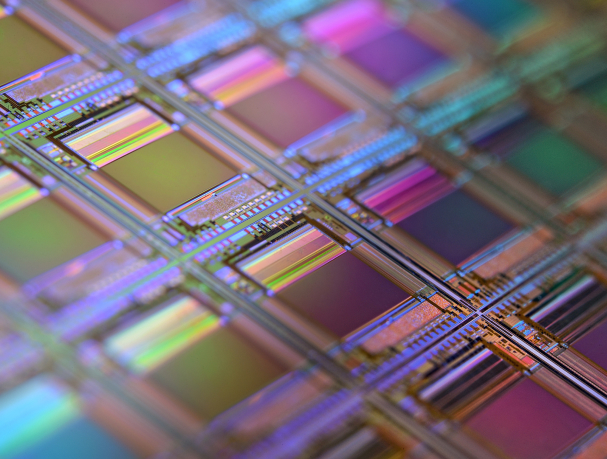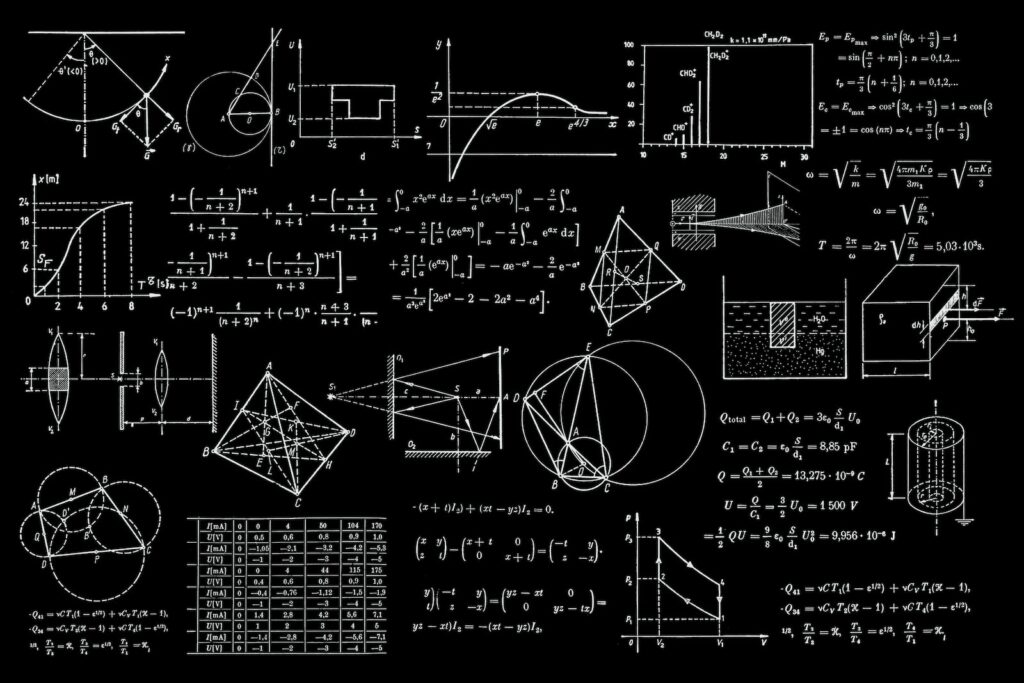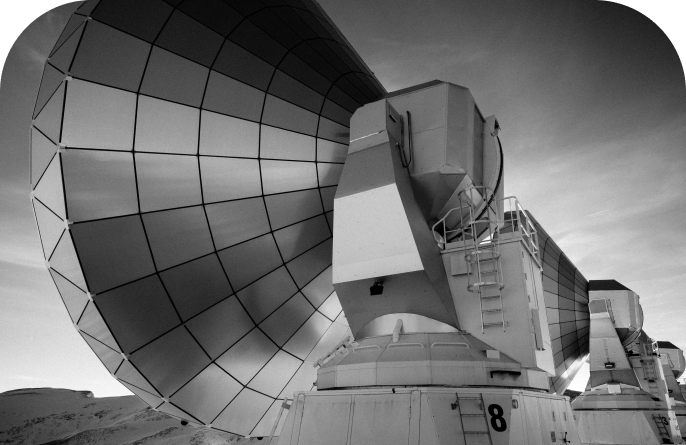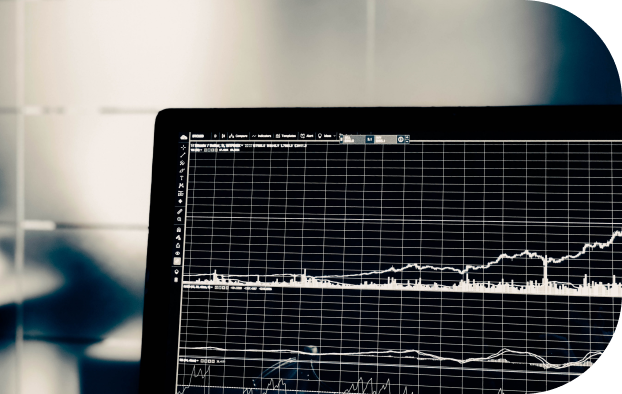CHAPTER 1
Written by Elias Lehman
In Partnership with Quantum Computing at Berkeley
Welcome to The Quantum Insider’s Quantum 101. Here we address the world’s most fascinating quantum mechanical phenomena, the applications that are being made of these discoveries today, and what the future holds for quantum technology. In this chapter, we will skim the surface of the most popular technologies, keeping in mind their physical foundations, and looking to see what impact they might have on our lives in the near future.
SECTION 1
Quantum mechanics is the term we give to the behavior of reality on the most minute scales, nanoscopic to be precise. At the fundamental level, almost nothing works as you would expect it to – particles go through walls and information appears to teleport, all because the world is inherently probabilistic. Advancing the frontier in many fields will require scientists in those research areas to know quantum mechanics. Developing MRIs, car batteries, and computers; identifying molecular structures and chemical properties; searching for dark matter, and measuring gravitational waves are just a few fields that are rooted in understanding these abstract physical phenomena. The beauty of physics is that it will sometimes break your intuition and then provide a clearer picture of the world. This is what makes quantum physics arguably the most fascinating field of all. The beauty of engineering is in applying these unimaginable behaviors to create novel technologies.


SECTION 2
Since the mid-20th century, quantum physics has arguably paved the way for many technologies we interact with daily, the computer being a prime example. The earliest advancements came with the discovery of the physical properties of semiconductors, like silicon, which led to the invention of the transistor in the early 1950s. Transistors are the technology responsible for bits, the unit of information in classic computers. Billions of transistors are at the core of all computer chips, like those in your cell phone, laptop, and other smart devices. Light emitting diodes (LEDs) like those on your computer screen, similar electroluminescent technology, such as digital cameras, and photovoltaic technologies like solar cells can be accredited to discovery in the field of quantum mechanics.
The history of quantum and classical computers are very intertwined. Early modern computers were developed at labs and universities around the world and given early access, physicists were among the first to use computers to perform rigorous calculations. However, quantum physicists came to realize that classical computers were limited. Famous theorist Richard Feynman postulated that no classical system could be used to understand the behavior of even slightly complex quantum systems–so classical computers, even supercomputers, could only be used to advance quantum technologies to a certain extent.
Using new perspectives on two-level quantum systems, theorists constructed new notations and diagrams to capture information in a format that enabled it to behave quantum mechanically. The unit of this information is a quantum bit, frequently called a qubit, in contrast to the classical bit. We will explore the qubit and many interesting properties in Chapter 2.
Quantum computing provides a possible solution for some critical and intractable problems in several industries. Unfortunately, the implementation of effective quantum computation has proven to be extremely difficult. Two primary challenges have emerged on the hardware side:
1. Qubits are fragile–small external contributions to the energy of a qubit, such as fluctuations in temperature or exposure to radiation, can corrupt its state. Because quantum algorithms often rely on the relationship, or entanglement, between multiple qubits, one errored qubit can ruin a computation. Error correction is the practice of reducing the effect of corrupted qubits.
2. For most real-world problems, millions, sometimes even billions, of high-quality qubits are expected to be required to provide a trustworthy solution. This sets the date for advantageous computations using quantum computers, sometimes called quantum supremacy or practical quantum advantage, potentially very far in the future.
On the software side, quantum algorithms with advantages over classical computation are still in development. They are stumped by a primary issue as a result of lacking hardware – however, as we discuss in Chapter 5, classical simulations of quantum computers are currently mitigating this issue.
Until recently, these barriers seemed impossible to overcome. Over time, dozens of new approaches to implementing qubits have been proposed, tested, and reevaluated. Today, there is a set of widely accepted approaches that offer a variety of pros and cons which we will explore in Chapter 3. Some methods require cooling atoms to temperatures colder than deep space, others use the quantum nature of light, and qubits can even be made from superconducting electronic circuits.

SECTION 3

The internet can be simplified to a network of interconnected computers that transmit data. We layer security protocols to multiple parts of the transmission process to ensure that data is exchanged effectively and securely. In this sense, quantum information is quite analogous to classical information, in that we would need a similar system, a quantum internet, to move qubits between quantum computers. Rather than quantum internet, most experts prefer the term quantum networks. While quantum computers perform calculations on quantum information, quantum networks transport quantum information. The primary incentive to build a quantum network is parallel computation. If we can successfully exchange data between quantum computers, while maintaining the quantum state, we can run quantum calculations in parallel, further improving computation speeds.
The implementation of a quantum network is still a highly debated topic. Today’s internet is physically represented by local machines, like your PC, connected by a collection of fiber optics cables that spread across whole nations and span thousands of kilometers, connecting continents.
It’s currently infeasible to transport quantum information this far and wide for several reasons. Despite research coming out of China showing the capability of today’s fiber optic technology to transmit qubits locally, today’s internet scheme is far too noisy to transmit over far distances. The state-of-the-art is to connect a few relatively close quantum computer centers via a higher class of optical fiber, as national labs in the US have demonstrated. In the future, we’re likely to see quantum computers concentrated a short distance apart, and access to their clusters of computers over the classical internet via cloud computing.
By drawing a comparison to the classical internet protocol, we can expand on quantum networks and into communication. Sending qubits over a quantum network to represent messages is quantum communication. A major subfield of quantum communication is
quantum encryption – two quantum mechanical properties play a
part in making quantum communication theoretically the most secure form of communication possible.
The no-cloning theorem, stating that an arbitrary quantum state is unique, and the collapse of a wave function upon observation, allow two parties to immediately identify if data sent between them is being observed en route–in other words, if somebody is eavesdropping. In addition to potentially securing online data, quantum technology can break modern encryption. Standard encryption methods today are based on mathematical calculations that are easy to compute in one direction, but very challenging to reverse. The most popular example is RSA encryption which uses the multiplication of two large prime numbers. If the two numbers are large enough, factoring the product is nearly impossible over a reasonable time period for a classical computer.
However, certain problems like these are theoretically solvable by quantum computers, implying that one day, quantum computers will be capable of breaking modern encryption techniques. In response to this threat, governments and companies alike have begun the shift to new encryption techniques based on algorithms that are just as hard for quantum computers as they are for classical ones. Federal financing, such as the 2021 bill passed by US President Joe Biden, is turning heads toward one of the earliest applications of quantum cybersecurity. A field titled post-quantum cryptography will be the theme of the latter half of Chapter 6.
SECTION 4

Revisiting the potential solutions that quantum computing offers, recall the original reason for developing quantum computers. Nanoscale particles are governed by quantum mechanics, allowing them to be in a variety of states at once. To model this system, one would have to track every possible configuration of all of the particles’ states. This is a problem that grows exponentially, so modeling 400 particles would require more bits than there are particles in the universe. This is the case for a classical computer. Quantum simulation builds off classical simulation directly–a quantum system, such as a molecule, is mapped to a set of qubits, then operations are performed on the set that approximates the intended solution, such as the energy produced from a chemical reaction. The quantum mechanical properties of qubits allow these simulations to model quantum systems without the exponential complexity. Basic simulations can be executed on a quantum computer today. Although there are few published examples of extraordinary or novel results extracted using quantum computation, breakthroughs in this field are always making headlines.
Quantum computers promise a reduction in computational steps required to solve simulation problems, translating to a computational speedup in theory. Intrigued by this, natural and computer scientists, mathematicians, and economists are finding potential applications for quantum computers in their respective fields. Specifically, scientists search for a speedup to solve intractable problems that take on exponential complexity. So, in addition to simulating complicated quantum mechanical systems, the applications of quantum computing extend to industrial problems like optimizing combinatorial systems in a factory or simulating financial systems by making analogies to physical ones. For example, some modern research compares financial portfolio risk to energy levels, which can be optimized using quantum computation.
Further applications exist in simulations for biotechnology and pharmaceuticals. In the drug development world, knowing the electron orbitals of the atoms in a drug’s active chemical can determine exactly how it will behave when interacting with different proteins in the body. Simulation of these chemicals and their interactions opens the door for drug design in a way that has
never been seen before. Instead of relying on intensive classical calculations, followed by repetitive trial and error, drugs could be designed for an application, drastically reducing the iterations required to find a successful product. But, as aforementioned, quantum computers have challenges to overcome before any of these promises become a reality.

Quantum technology goes beyond computation, having impacts on the way other technologies interact with the world. Sensing is a general term used to describe the process of collecting digital information from an environment. Autonomous cars sense the environment using 3-D laser scanning, while aircraft use gyroscopes to sense their orientation in the sky. We term the use of quantum properties, distinct from classical properties like temperature and pressure, quantum sensing. Quantum properties, measured at the atomic level, include entanglement, quantum interference, and more. Utilizing these properties, as opposed to classical ones, allows for new forms of ultra-precise sensors, as is covered in Chapter 7.
Metrology, the study of measurements, is a science with applications primarily in scientific instrumentation. High-quality measurement devices like atomic clocks, magnetic resonance imaging, and electron microscopes fall under the umbrella of metrology, and all stem from discoveries in quantum physics.
If these technologies sound inapplicable to most people, you would be mistaken. Atomic clocks are responsible for not just maintaining the accuracy of high-frequency trading and major stock markets, but also allowing for GPS and other modern navigation systems. Magnetic imaging is a life-saving technology in a hospital’s MRI machine. These devices are currently benefiting from research in the field of quantum sensing.

SECTION 6


Different timescales associated with the sectors of quantum technology are often loosely defined, given that it’s nearly impossible to predict when a practical scientific discovery will occur. Still, the industry has standardized terms for the near future of quantum computing, which plays a key role in the timelines of other quantum technologies. Today, we are in the midst of the Noisy Intermediate-scale Quantum (NISQ) era. This name encapsulates the state of today’s quantum technology–not at a large enough scale to make a revolutionary impact, and highly exposed to noise from the environment.
With the current state of quantum computing incapable of solving problems complex enough to have real-world implications, researchers are limited to proof-of-concept demonstrations. For example, we can use quantum computers to calculate the lowest energy of the well-studied hydrogen atom, but this doesn’t offer very much commercial value. Similarly, quantum information has been securely sent over one hundred kilometers, while one thousand kilometers remains an unreachable milestone. Still, it’s important to recognize and appreciate how far science has come. Just 40 years ago these technologies only existed on a blackboard.
Since the concept was postulated, quantum computing has inched closer to reality. With each iteration, new technologies and computational techniques have been engineered to mitigate the field’s most pressing issues, particularly in dealing with error-prone qubits, and optimizing computations so theoretical algorithms will have application in this era. Now, the quantum computing industry is on a roll, hoping to provide solutions to challenging problems down the road.
You have successfully joined our subscriber list.
One of our team will be in touch to learn more about your requirements, and provide pricing and access options.
You have successfully joined our subscriber list.